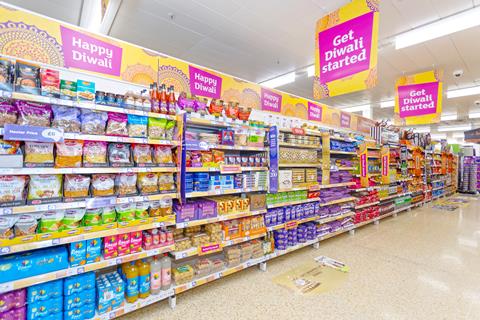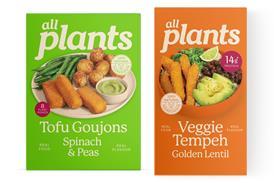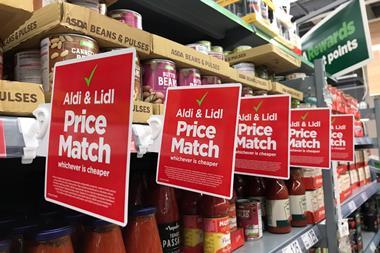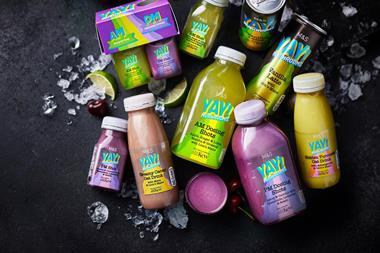
South Asian Heritage Month has just wrapped up. For Britain’s five million-strong South Asian community, it’s a time to celebrate heritage, culture, and contribution. For brands like ours, it’s also a business reality check.
In a £217bn grocery market [IGD] , South Asian-founded brands remain a small fraction of what shoppers actually see on shelves. That’s not just a representation gap – it’s a missed commercial opportunity.
Yes, there were some wins this year. Tesco led with action, giving us both national listings in food to go and innovation fixtures – proof that shelf space converts into shopper discovery and sales. Sainsbury’s inclusive supplier initiatives, The Co-op’s Apiary programme, and Asda’s culturally fluent merchandising for multi-generational households are positive steps forward.
But here’s the rub: Heritage Month should have been the perfect moment for retailers to go further. To treat it not as an annual awareness date, but as a commercial springboard.
Driving Asian innovation
Category takeovers could have spotlighted South Asian-led brands across snacking, bakery, chilled, and condiments. Meal deal rotations could have put South Asian flavours front and centre for four weeks. Supplier showcases in-store and online, could have given shoppers the founder story and the flavour, with innovation drops timed for July/August launches, and backed by promotional trials.
There are many ways retailers can make the most of the occasion, by introducing dedicated retail pathways for South Asian-led brands, from pitch days to mentoring and ranging. Procurement scorecards should measure – and publicly share – supplier diversity progress.
Cross-category innovation campaigns outside of “world foods” aisles, wouold make sure heritage is mainstream, while joint marketing partnerships would link cultural relevance with real retail growth.
Crucially, innovation is not coming from legacy brands – it’s being driven by diaspora founders who blend heritage with health-forward formats, plant-based convenience, and bold snacking rituals. Government-backed research shows 30% of ethnic minority businesses (EMBs) develop new products or services, compared to just 19% of non-EMBs [MSDUK].
That’s not a heritage niche. That’s a competitive edge.
Sainsbury’s, Co-op, and Asda: you’ve started. Now show us how you’ll scale. Waitrose, Morrisons, Ocado, Lidl, Aldi – what’s your move?
The bunting might be down, but the appetite is still here. Shoppers are ready. Founders are ready. Let’s turn good intentions into year-round shelf impact, and make next year’s Heritage Month the celebration and the case study.
Ivor Peters, food writer at Urban Rajah, and Nirali & Jag Mankodi, co-founders of Superfoodio



















No comments yet